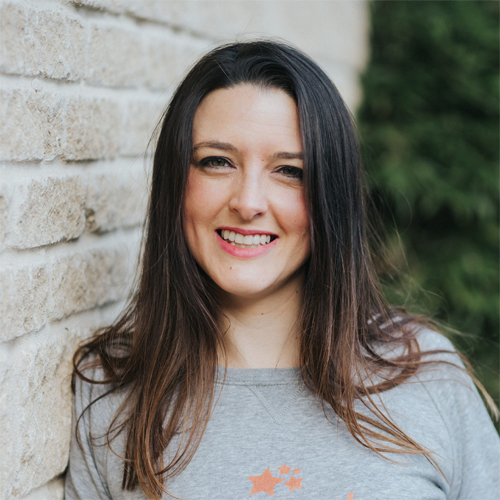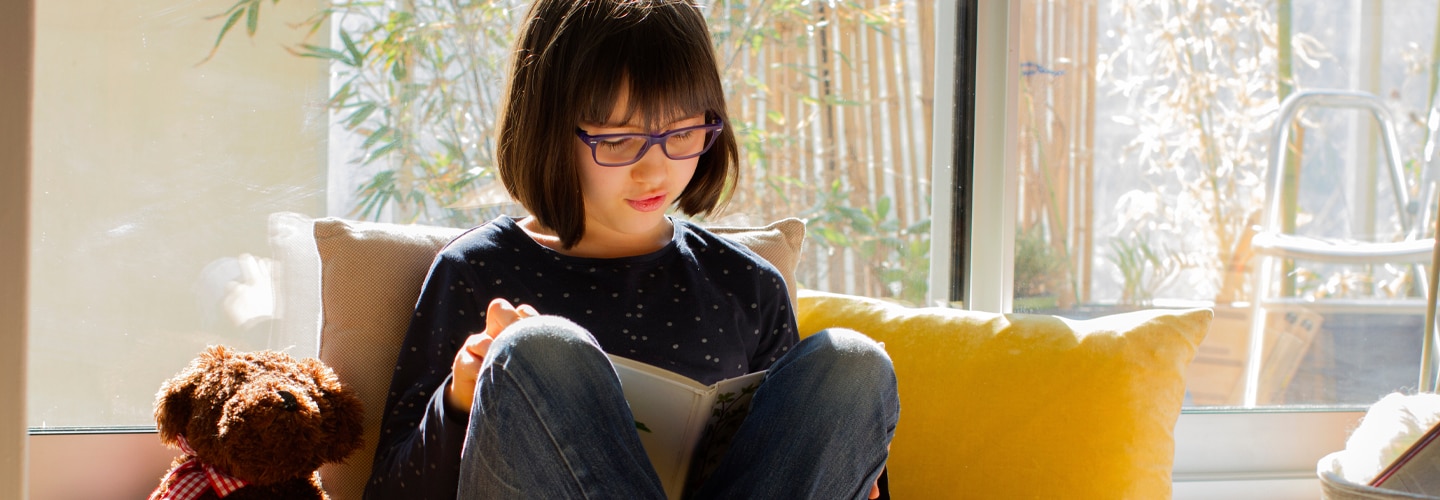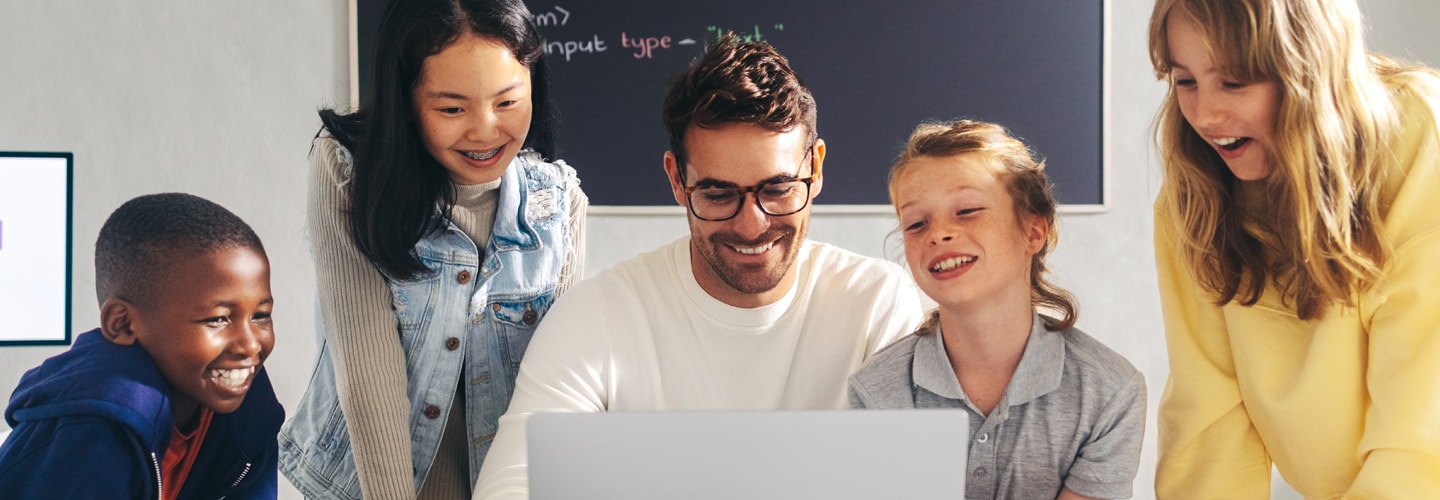1. Mindfulness of daily habits
Mindfulness can be a broader concept than just focusing on the breath. We can also extend awareness to our daily habits and look at what is making us feel good and what is draining us. This helps us ensure our daily routine is actively supporting our mental health.
Here’s what you can do to help your students be more mindful of their daily habits.
- Invite your students to make two lists: one list of everything they do every day and another list of things that make them feel happy or relaxed. This can be a nice activity to try in English if you’d like to work on daily routine vocabulary and likes/dislikes.
- Ask them to see how many of the activities they named in their happy lists are also on their everyday lists.
- Then ask them to see if they can find a time in their schedules to include one of their happy list activities on a regular basis. For example, they could add listening to their favourite song on their way to school to their everyday list.
This activity encourages children to be more understanding of what makes them feel happy or less happy on a daily basis. In this way, we gently teach them to be more aware of their emotions and how to take an active role in supporting their own mental health and self-care. Ultimately, we teach them that the choices we make day-to-day are as important as a resolution for the rest of the year.
As they learn more mindfulness activities in school, these might even start to appear on their everyday lists too. This will protect their minds against everyday stress and assessment pressure.
2. Planting an intention seed
New Year’s resolutions seem to play a large role in society, and it is interesting to notice how guilty we feel if we don’t stick to them.
We traditionally make resolutions at the start of a new year, but this is completely arbitrary - and it hasn’t always been this way. In fact, the concept of setting an intention for the new year dates back to at least 4000BC. Back then, these resolutions were traditionally made in March, at the start of the farming season. But when Julius Caesar made the Roman calendar, he decided that each year would begin in January.
The Romans felt it was more appropriate because the Roman god Janus represented new beginnings, endings, gateways and transitions. It’s strange to think this ancient decision now affects how we run and organize our lives and our personal energy all over the world.
January is actually a time when nature is still in hibernation, with trees bare and seeds still under the ground (in the Northern Hemisphere, at least). This can make it feel difficult to commit to fresh starts and, for some, feel overwhelming to look ahead.
So instead of resolutions, try inviting your students to simply set an intention of what they’d like to feel or achieve over the course of the year. And rather than pushing for it or expecting it to happen straight away, invite them to treat it like a seed in a pot of soil which they are watering each day with one little step at a time.
This might be a little bit of revision for a test every day, for example, or tidying their room once a week so it feels nice to play and do homework in.
3. Mindful walking
A lovely way to get your students to connect with nature’s calendar is to take them outside for a mindfulness walk. You could link it in with a class plan to introduce nature or town vocabulary, or organize it during lunch or break time for multiple classes together.
- Take students outside*. Invite them to stand quietly looking at the ground.
- Invite them to notice the contact of their feet with the ground. Tell them to start walking slowly, noticing the movement of each foot as it leaves and then meets the ground again.
- Once they are in a gentle walking rhythm, invite them to start looking around them, noticing the world around them. They should keep a gentle focus on the rhythm of their feet moving along the floor.
- Once back in the classroom, invite them to spend five minutes writing down or talking about what they noticed on their walk (in English)
*If outside simply isn’t an option for your school, you can try a mindful walk through the corridors.
This can be a really pleasant way to encourage students (and yourself) to notice what is going on around them in nature and to step outside of the timetable set for them as part of the school system. It helps their focus and perspective, reducing stress and reminding them how far they have progressed.
Staying present and planning ahead
I often have mindfulness students asking me how they can stay present while also effectively planning ahead. Hopefully, these three simple ideas demonstrate how we can actively use our focus on the present moment to improve and pace our future planning for exams and deadlines.
By trusting in the process of calmly planting little seeds of intention and taking little steps to grow them, we can achieve just as much, if not more, than thinking six months into the future and panicking that we haven’t yet achieved what we want to have done by then. Good luck.






